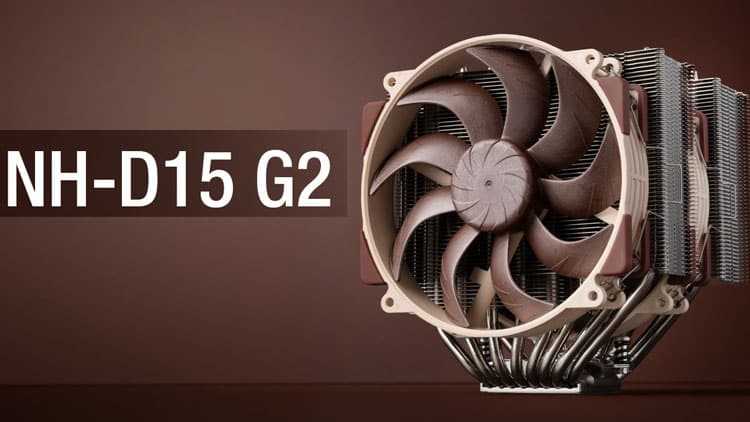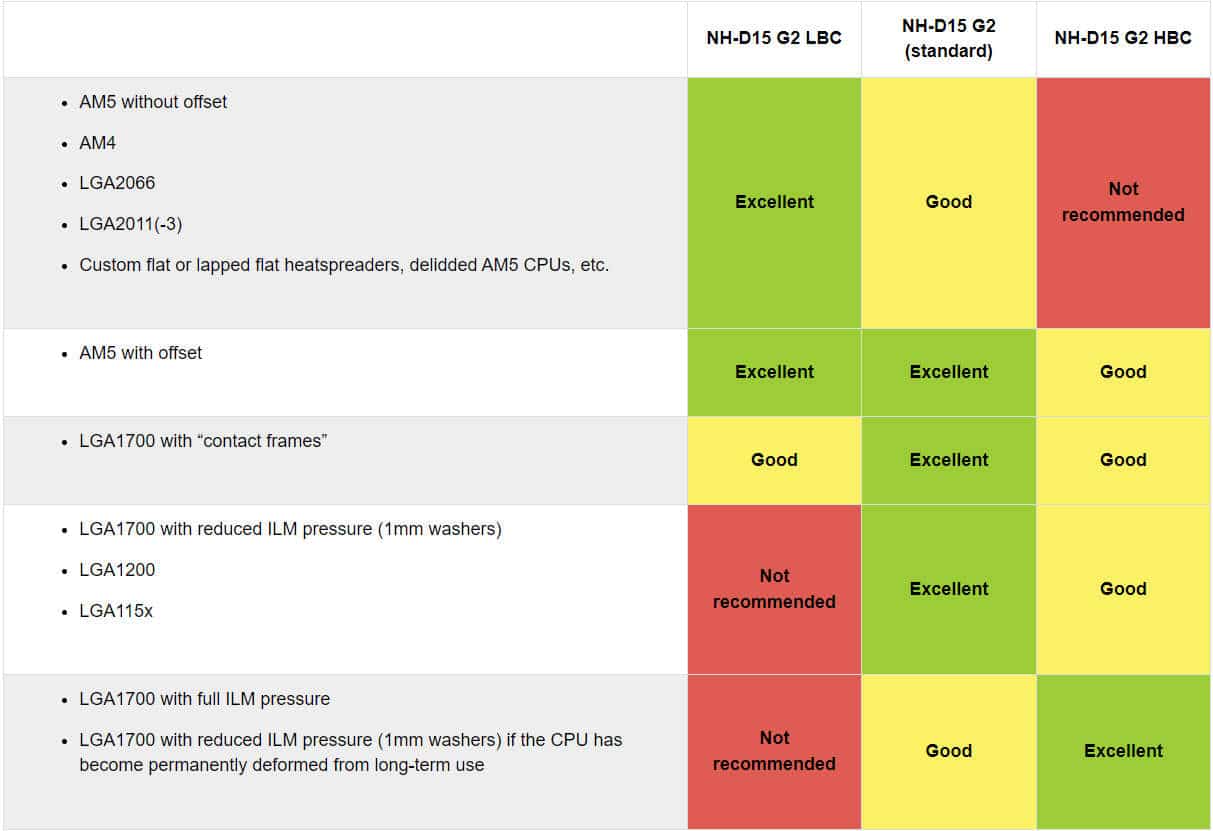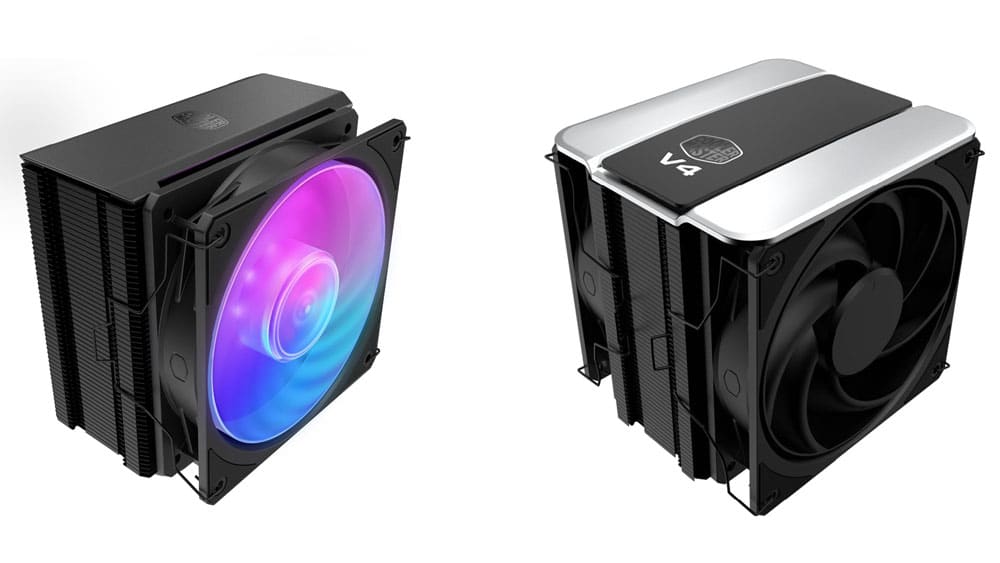After ten years of waiting, the successor of the NH-D15 is here. It uses the same model name, which is weird. I expected D16, not just a “G2” at the end of the model number. This review took me two weeks of hard work to finish, so I won’t provide any spoilers here. Just read it all and I hope you enjoy it, since I enjoyed writting it! Stay tuned for the video, also!
On April 8th, 2014, Noctua announced the successor of the legendary NH-D14, the NH-D15, which was offered back then at 90 euros and 100 dollars in the respective markets. Almost ten years after the D15 release, Noctua announced the newer model, which keeps the same model number but also adds the “G2” to distinguish it from the previous product. Before I proceed with the NH-D15 G2 models (there are three versions) review, I had to re-test a brand-new NH-D15 to have an accurate reference point, and I thought, why not offer a complete review of it to check how it fares against today’s competition?
Coolers’ technology moves much slower than in other PC parts, like GPUs and CPUs. This is why many users still prefer the ten-year-old D15 for their high-end processors. Noctua’s top-notch support offers mounting upgrades and keeps the cooler compatible with all modern sockets.
The G2 comes in three versions: standard and two specialized variants. Most users will choose the standard version, but there are cases where one of the other versions performs best.
- The regular NH-D15 G2 uses the same medium base convexity as most other Noctua heatsinks, making it a perfect all-rounder that provides optimal results on AM5 with the included offset mounting and on LGA1700 CPUs when utilizing the included NM-ISW1 shim washers (or so-called contact frames) to reduce CPU deformation from ILM pressure.
- The HBC (High Base Convexity) variant is optimized explicitly for LGA1700 processors with full ILM pressure or permanently deformed in long-term use. It provides excellent contact quality despite the CPU’s concave shape.
- The LBC (Low Base Convexity) variant is optimized explicitly for relatively flat CPUs. As such, it offers excellent contact quality on AMD AM5, even without the offset mounting, and on other comparably flat CPUs.
Given the cooler’s high price and the fact that you will keep it for many years, it is also best to keep in mind the future upgrades that you will do. For instance, LBC is mostly for AMD processors, so if you plan on going to Intel in your next upgrade, you should not prefer it. On the contrary, HBC performs best in Intel processors, so you should not prefer it if you plan on moving to AMD.
- Model Name: NH-D15 G2
- Socket Support: Intel LGA 1150/1151/1155/1156/1200/1700/1851
- Socket Support: AMD AM5/AM4
- Heatpipes: 8x
- Material: Copper (base and heat pipes), aluminum (cooling fins), soldered joints & nickel plating
- Number of Fans: 2x
- Fan Models: Noctua NF-A14x25r G2
- Bearing Type: SSO2
- Fan Dimensions: 140 x 150 x 25 mm
- Fan ARGB: No
- Fan Daisy Chain: No
- Fan Speed Max: 1500 RPM
- Fan Airflow: 91.58 CFM / 155.6 m³/h
- Fan Air Pressure: 2.56 mm-H2O
- Fan MTTF: >150 000 hours
- Max Noise Output: 24.8 dBA
- Fan Connector: 4-pin PWM
- Dimensions ((WxHxD, including fans): 150mm x 168mm x 152mm
- Weight (with fans): 1525g
- Street Price (excl. VAT): $150
- Warranty: 6-years




Oh how I wish you included any of the Phantom Spirit coolers, or ID-Cooling Frozn A720 in your charts. Those truly give Noctua run for their money.
Anyway, have you ever considered testing your coolers by combining them with aftermarket fans? Like, I would really like to know how would G2 perform with a pair of Shark Force 140s, or a pair of SF Megacool 140s. Off the record I mean, I don’t expect you to include that kind of tests in your regular reviews. No doubt that would make testing process an absolute nightmare to complete.
I am waiting for TR to send me some of their coolers. Hopefully soon.
I have seen 3 reviews so far, and the fins rattle at full speed. What a joke from Noctua, 150€ for what?? The fan design is a copy/paste from a car fan radiator(peugeot 308), I just don’t see the value here(plastic washers, metal bits, an extra heatpipe, etc), maybe that screwdriver is the most expensive thing, it’s a trend these days for overpriced screwdrivers.
Excellent review very easy to follow and understand it, well done.
I’m leaning towards the G1 at apx 120 eur rather G2 at 180 eur.
I would really like to buy from a European brand, and i like the esthetic.
However, these are not made far away from TR factory…. Would expect made in Europe for this price.
Still, TR phantom spirit is 60 eur.
Oh! I’m very interested to learn where the Noctua and Thermalright coolers are made. Can you share your source?
I don’t have a clue 🙂
Noctua’s heatsinks are made by Kolink
https://noctua.at/en/rascom-kolink